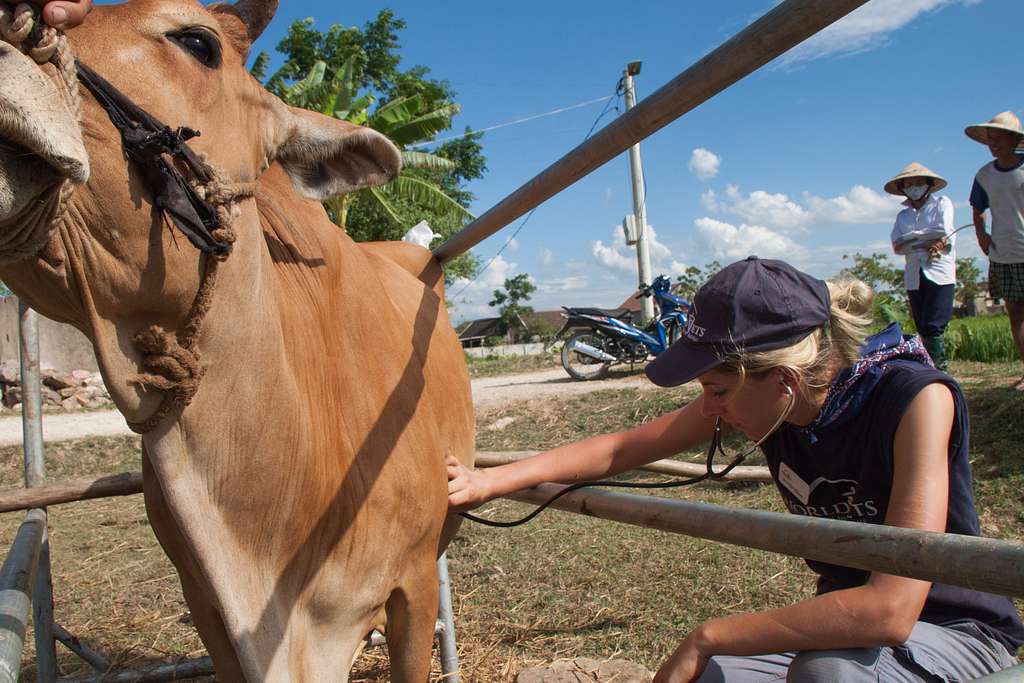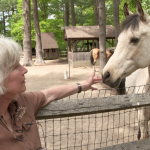
More women than ever are becoming veterinarians. But when it comes to caring for livestock, ranchers and farmers still expect their vets to be male.
That’s according to a joint report from Harvest Public Media and NPR, which looked at large-animal practices in places like Wisconsin and Nebraska, and found that rural clinics are still male-dominated – despite an increasing need for service.
“The very, very traditional version of veterinary medicine was that the veterinarian, the doctor, was always a man,” Dr. Laura Molgaard, dean of the University of Minnesota College of Veterinary Medicine, told NPR Kansas City affiliate KCUR. “Women were not even allowed into veterinary school.”
The dearth of women vets in rural areas runs contrary to a longtime uptick in women joining the field. Recent Bureau of Labor statistics say that 70% of veterinarians in the U.S. overall are women, and 83% of those expected to finish veterinary studies in 2027 are women, too.
But along the veterinary career path, pipeline breakdowns – including a persistent industry-specific pay gap that sees male veterinary practice owners making roughly $100,000 more than their female counterparts – are keeping women from getting and holding jobs.
What’s worse is, there are actually plenty of jobs to go around. “There has been an increased demand for veterinary services over the last four plus decades with a relatively flat supply,” Molgaard says, adding that the comparative cost/benefit ratio for treating livestock, especially, further deters veterinarians of all genders from pursuing that type of work.
But for women vets – who are making less while also grappling with stereotyping and discrimination from old-fashioned clientele – the career path to these roles is especially hard to traverse.
Farm and ranch owners “want the same thing that they’ve always had,” second-year veterinary student Kate Czarny, who studies at the University of Missouri School of Veterinary Medicine, told KCUR. “They don’t want some 20-something-year-old girl fresh out of vet school coming and working with their cattle.”
To even the playing field, up-and-comers like Czarny are creating safe spaces for their fellow women veterinarians. For her part, Czarny recently became president of the Women’s Development Leadership Initiative – a bid, she says, to give “leadership opportunities to women and [help] them build their skills, so that their confidence builds and they’re ready to go take on leadership positions in their own clinics.”



